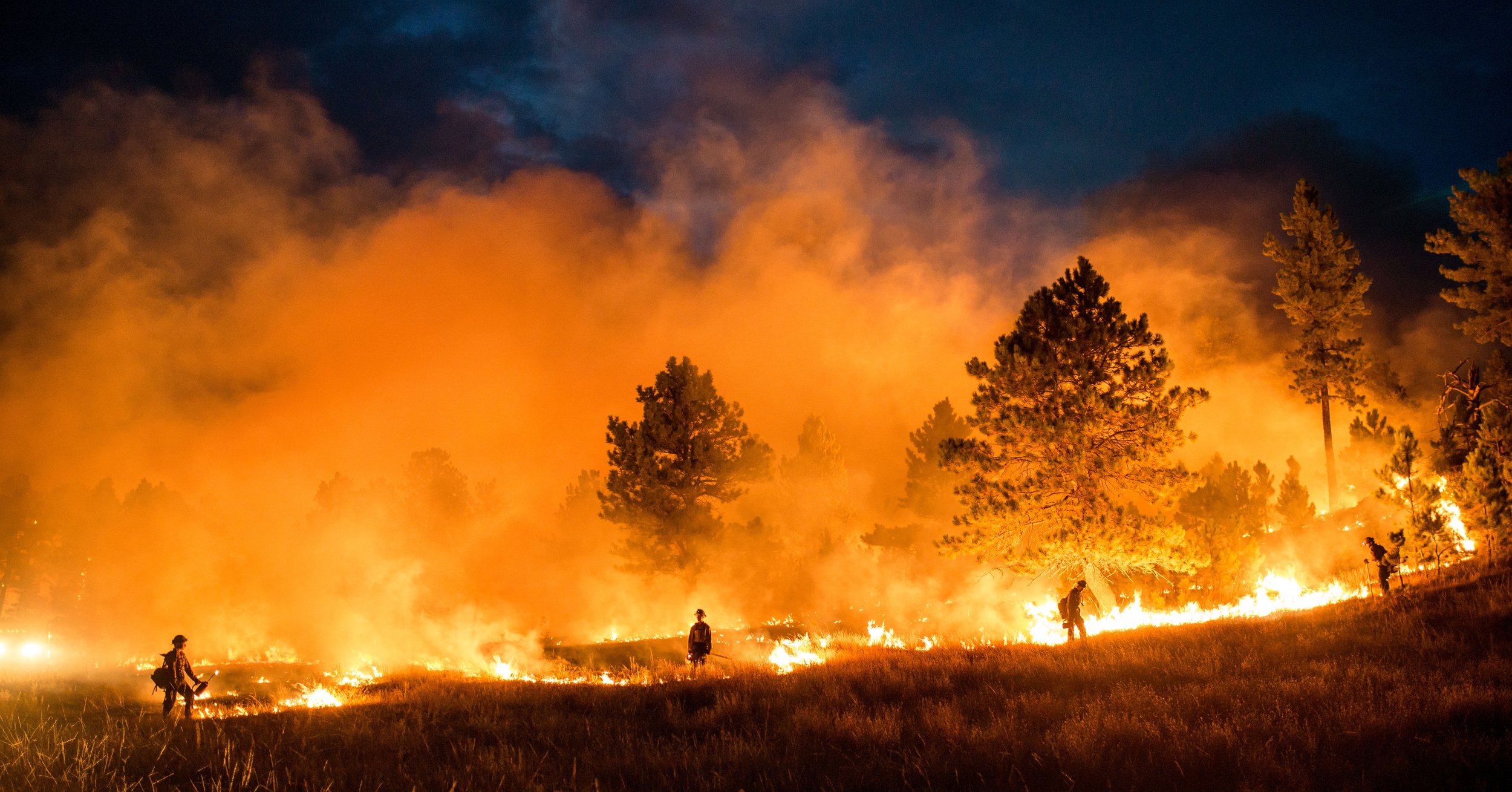
Sleep Deprivation: The Primary Cause of Accidents
Sleep is a safety issue.
Firefighter or not, we can all agree that a good night of sleep - or lack thereof - is a game changer. Consistent sleep deprivation has been shown to decrease cognitive function, heighten risk for disease, impair memory, slow reaction time, and, at extreme levels, induce some serious distortions of reality. In any circumstances, those consequences are pretty dire. But when you translate this issue to the fireline, it’s unsurprising that consistent lack of sleep is the number-one cause of accidents for wildland firefighters. This means it’s incredibly important to adhere to standard sleep requirements to reduce both risk of injury and risk of operational error.
What is 2:1?
2:1 is the work-to-rest ratio standard for wildland firefighters. It breaks a 24-hour period into three 8-hour sections. Two of those periods are spent awake and working, and the third set of 8 hours is supposed to be spent asleep. Needless to say, with 16-hour shifts as the standard, plus meal time, camp setup and travel time, firefighters are often getting far less sleep, resulting in heightened accidents and errors due to cognitive impairment. In a culture that values toughness on top of a system that pays low hourly rates, it’s easy to see how even something as critical as sleep is overlooked.
This assessment of firefighter health by the Northern Rockies Fire Science Network outlines some important safety issues caused by deprivation. It’s a long watch - but an important one, so check it out.
Common effects of sleep deprivation[1]
Attention
With sustained sleep deprivation, cognitive function slows, making it much harder to process information.
Memory
When you’re too tired, your brain’s memory processing center isn’t working right, making it difficult to remember critical information.
Reaction time
Without sleep, the brain and body don’t react as quickly as they should, leaving overtired firefighters prone to injury.
Cognitive reasoning
Being too tired is like being drunk. 17 hours with little sleep is equivalent to a BAC of 0.05% - or over the legal limit.
[1] Alhola, Paula and Polo-Kantola, Päivi. Sleep deprivation: Impact on cognitive performance. Neuropyschiatrist Dis Treat, 2007 Oct; 3(5): 553-567.

